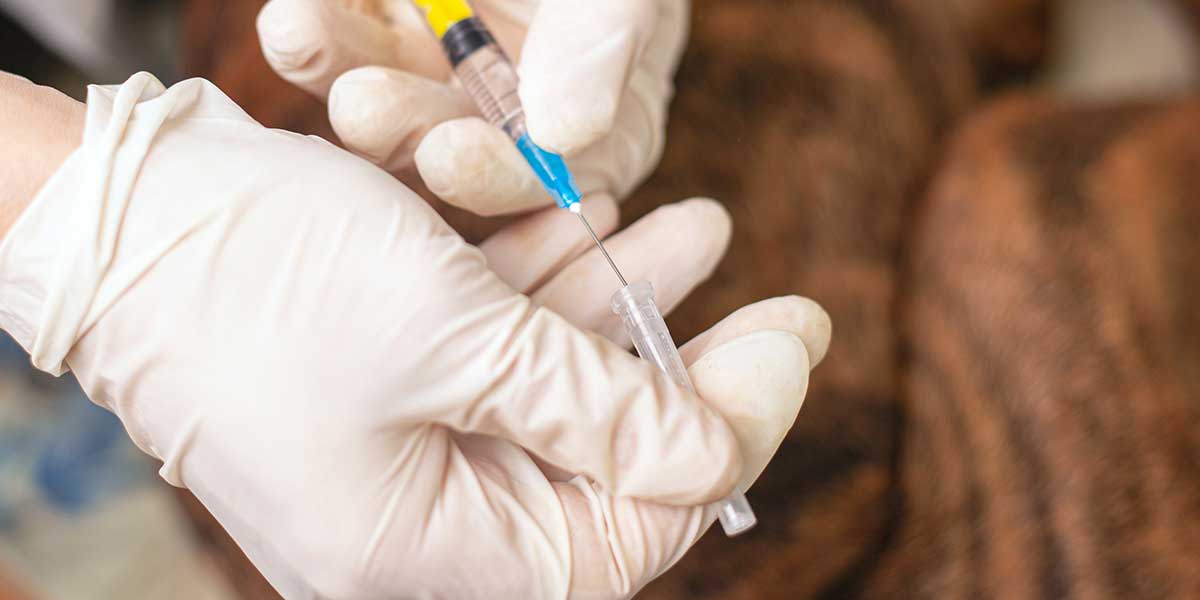Losing a pet is a devastating experience. Saying goodbye to your furry friend is never easy, and when it comes to making the decision to euthanize them, it can be even harder. However, sometimes euthanasia is the best option to end your pet’s suffering and provide them with a peaceful passing. In this article, we will discuss the factors to consider when making the decision to euthanize your pet, as well as what to expect during the process.
As pet owners, we want nothing but the best for our furry companions. We love them unconditionally and want to provide them with the best care possible. However, when our pets become sick or injured, it can be a difficult decision to make regarding their care. Euthanasia is a medical procedure that is often used to end an animal’s life humanely. It can be a difficult decision to make, but it is important to keep your pet’s best interests in mind.
When to Consider Euthanasia
Saying goodbye to your pet can be one of the most difficult decisions you’ll ever make. It is important to consider your pet’s quality of life when making the decision to euthanize them. Here are some factors to consider:
- Chronic Pain
If your pet is experiencing chronic pain, it can significantly impact their quality of life. Chronic pain can be caused by a variety of factors, including arthritis, cancer, and other conditions. If your pet is in pain that cannot be managed with medication or other treatments, euthanasia may be the best option. - Loss of Appetite
If your pet is not eating or drinking, it can be a sign of a serious underlying condition. Lack of appetite can lead to dehydration, weight loss, and malnutrition. If your pet’s lack of appetite cannot be resolved with treatment, euthanasia may be necessary to prevent further suffering. - Loss of Mobility
If your pet is unable to move around or walk, it can significantly impact their quality of life. This can be caused by a variety of factors, including injury, illness, or old age. If your pet’s mobility cannot be restored with treatment, euthanasia may be the best option. - Loss of Joy
If your pet is no longer interested in activities they once enjoyed, it may be a sign of a serious underlying condition. Loss of joy can be caused by a variety of factors, including chronic pain, illness, or depression. If your pet is no longer able to enjoy their life, euthanasia may be necessary to prevent further suffering.
The Euthanasia Process
When the decision has been made to euthanize your pet, it is important to understand what to expect during the process. Here’s what you can expect:
- Sedation
Your pet will be given a sedative to help them relax and feel no pain during the euthanasia process. The sedative may be given through an injection or orally. - Euthanasia Injection
Once your pet is sedated, a veterinarian will administer the euthanasia injection. The injection is a combination of a barbiturate and a muscle relaxant, which will quickly and painlessly end your pet’s life. - Aftercare
After your pet has passed away, you will have the option to choose how you would like their remains to be handled. You can choose to have your pet cremated or buried, or you can take their remains home with you.

